What makes an ideal road for tuning, where do Britain’s top chassis developers go to find the best ones and what influence do they have on how a car drives? To find out, we spoke to several veteran car testers and engineers.
Andrew Unsworth, head of vehicle dynamics, Bentley
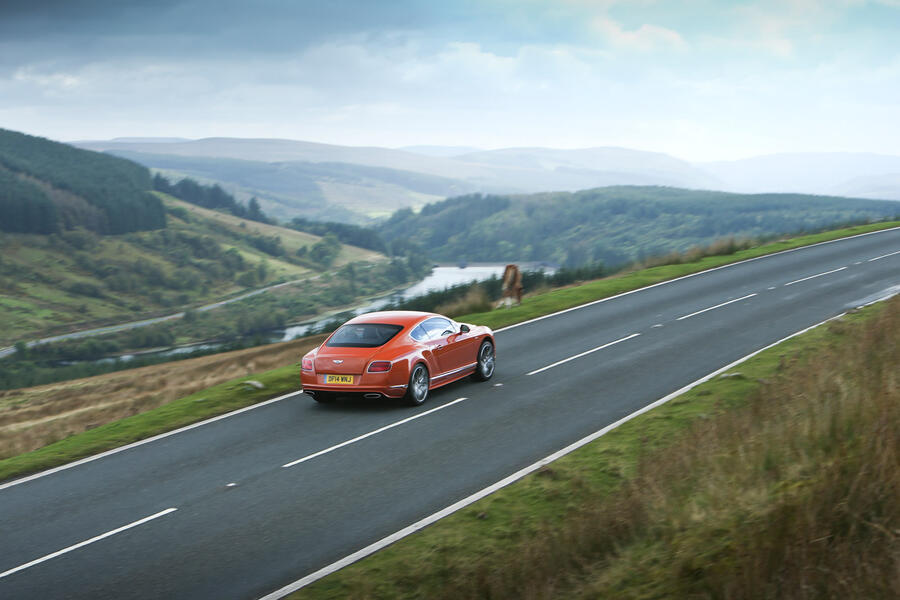
Looking at the whole performance envelope of cars like ours means seeking out a very wide variety of roads. We need to assess ride comfort throughout the speed range, even beyond 150mph in our case. We need big primary ride inputs at times and sweeping bends for steering tuning. Loops are good – and we have a few – so we can keep driving the same corners and over the same surfaces to judge changes we’ve made.
One of our evaluation loops starts at the factory gates at Pyms Lane in Crewe, quickly takes in a road with a changing surface that’s deteriorating in places and then has A-roads and B-roads with truck grooves. We have an unofficial agreement with the local council not to resurface it, and one of the reasons it’s so handy is that senior managers can get a feel for a car during sign-off without travelling very far.
A bit further afield, there’s a loop we use in the Peak District that I like. It’s a sort of triangle of roads starting at Buxton and passing Bakewell, Leek and Longnor. It has surface changes, sunken ironwork and a mix of bigger and smaller topographical features. That’s probably where I would choose to go with, say, a final prototype. But we use North Wales plenty as well, particularly en route to and from Anglesey Circuit, which we also use for dynamic development.
In the early project stages, our cars spend almost all of the time on track, but by the end of a project, the total development time is probably 50/50 road and track. With the road miles, more of them are probably done away from the factory than close to it – but UK roads are definitely a factor in defining the capabilities of our cars.
We have great variety in the UK. It’s something Volkswagen Group engineering colleagues always say when they come in for a driving day, and I don’t think Bentley would make quite such great GTs if we didn’t.
David Pook, consultant vehicle dynamics expert


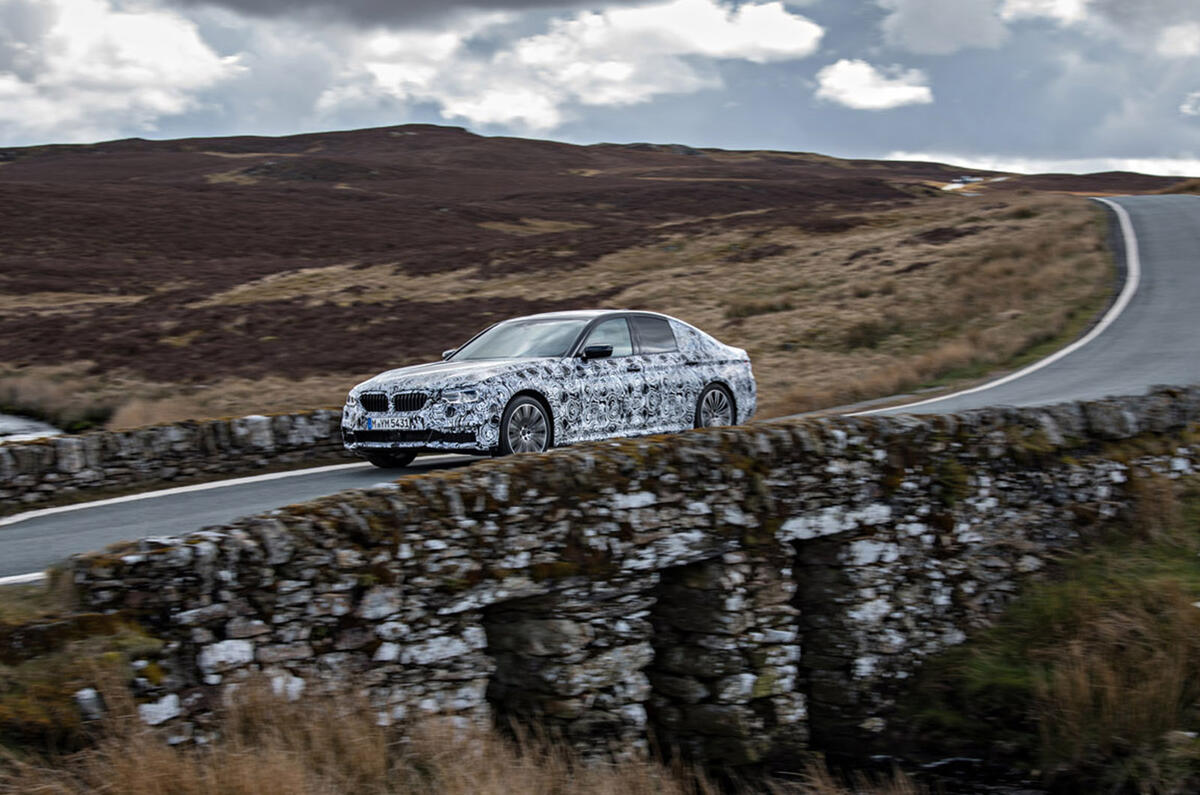
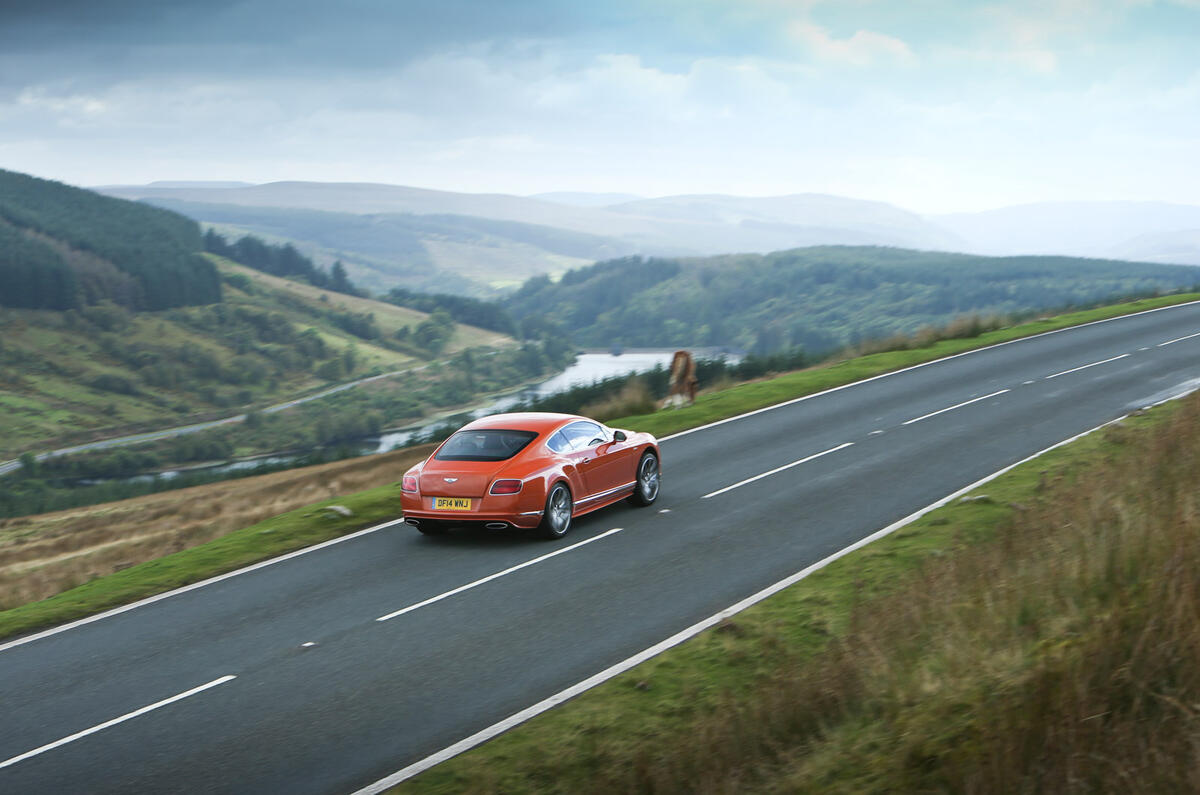
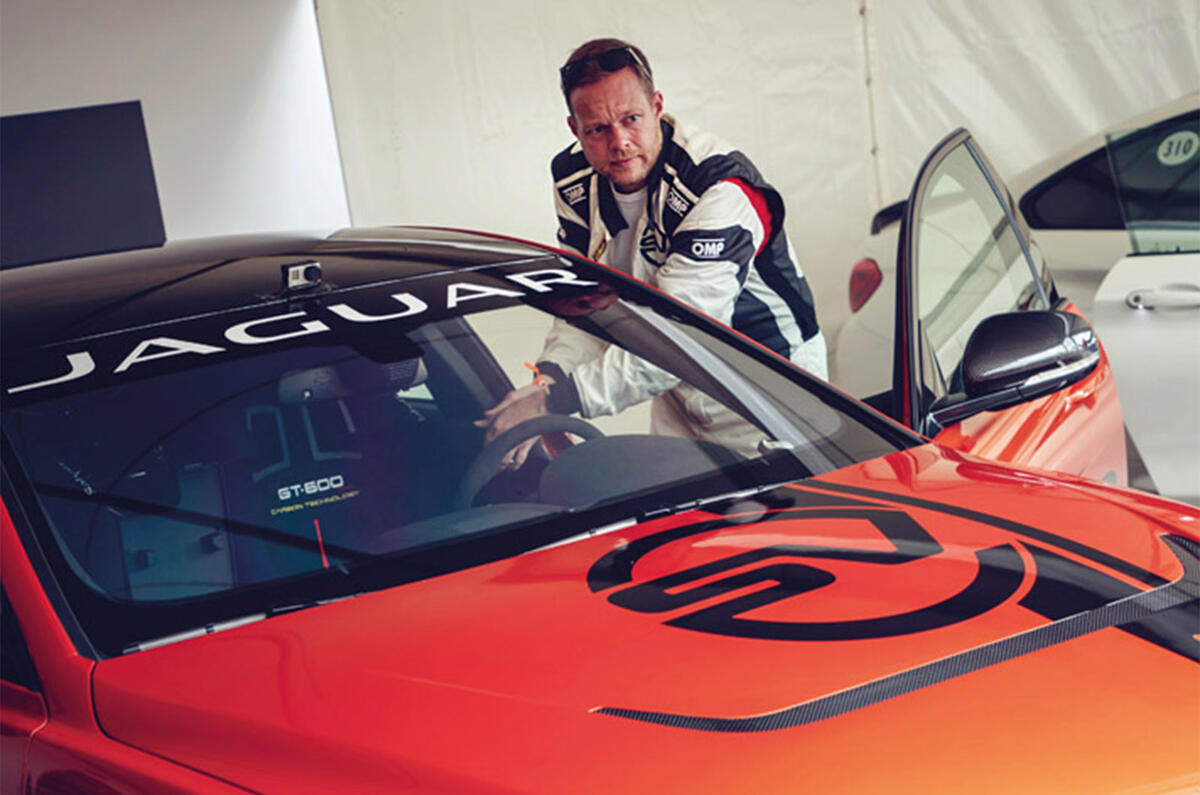
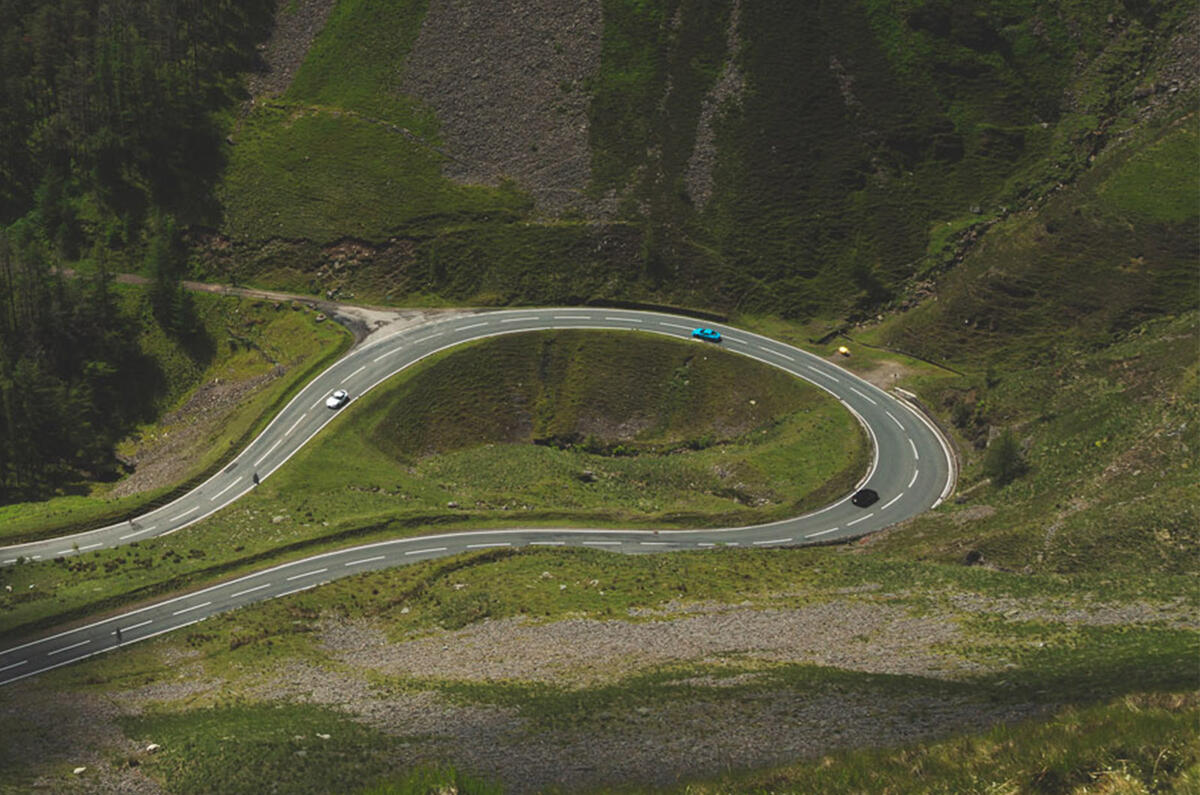
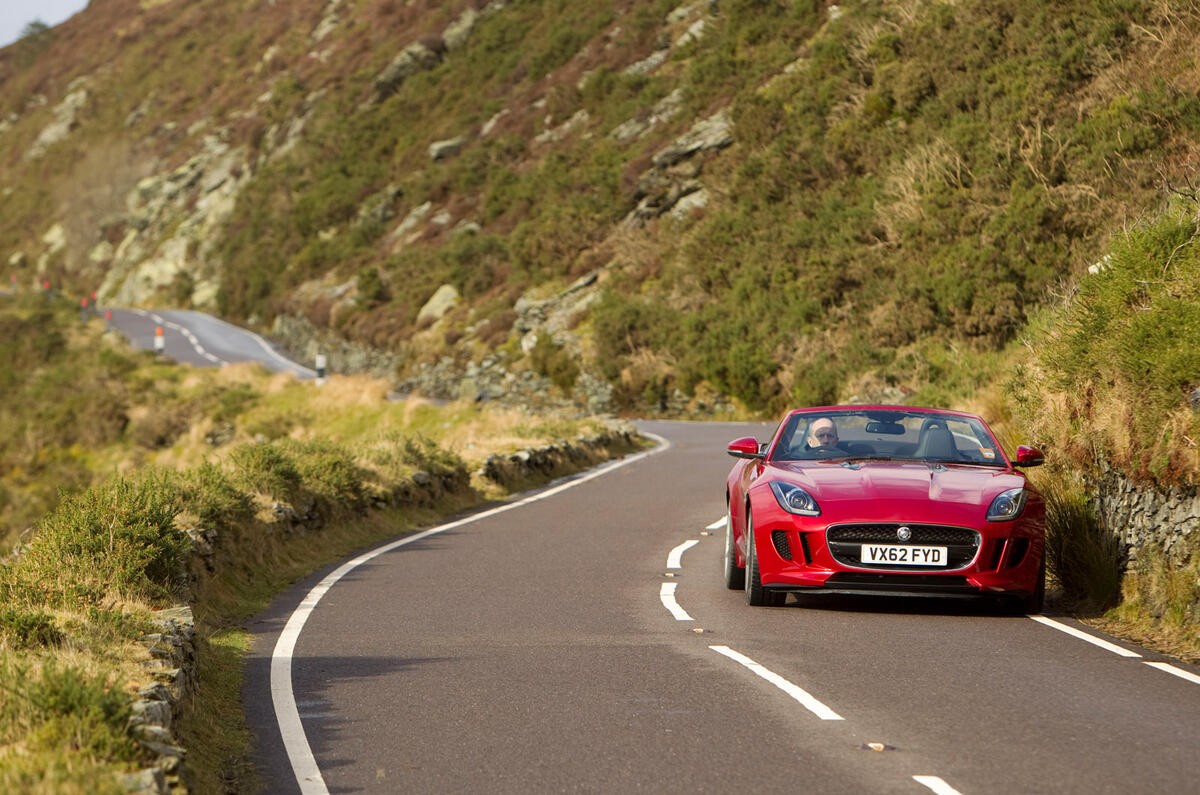

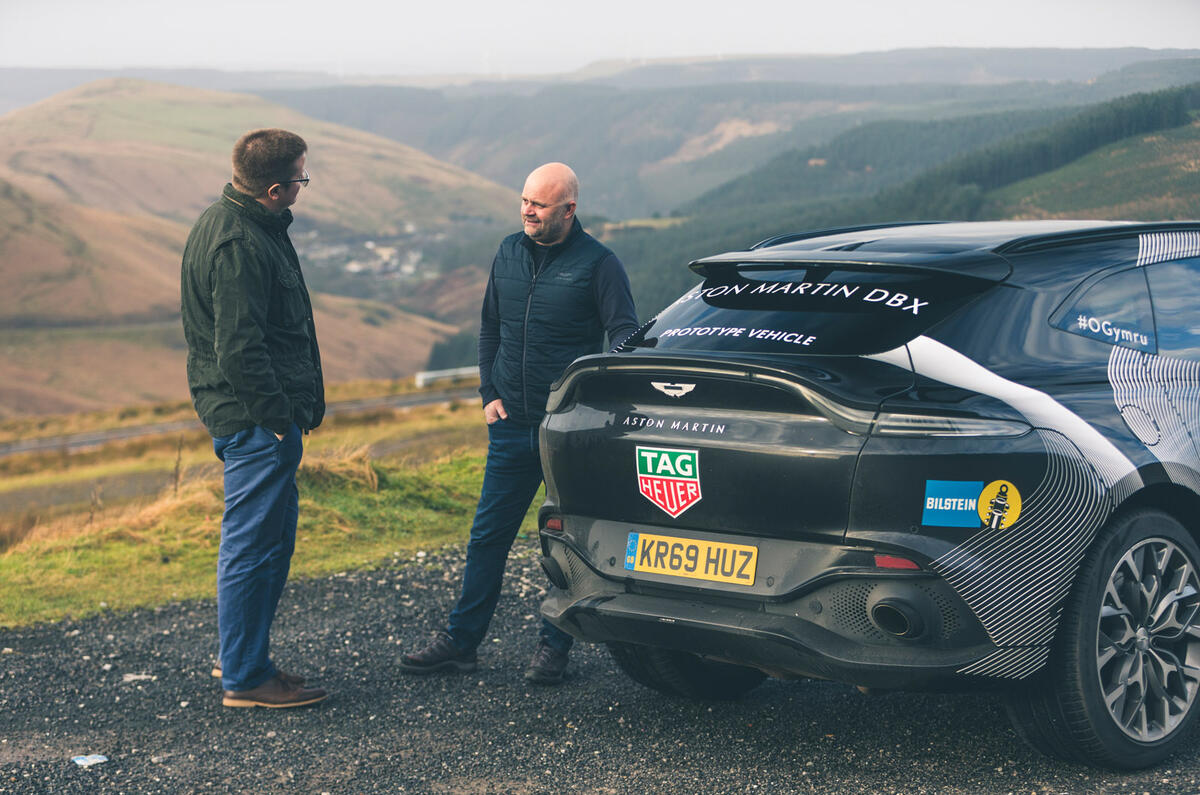
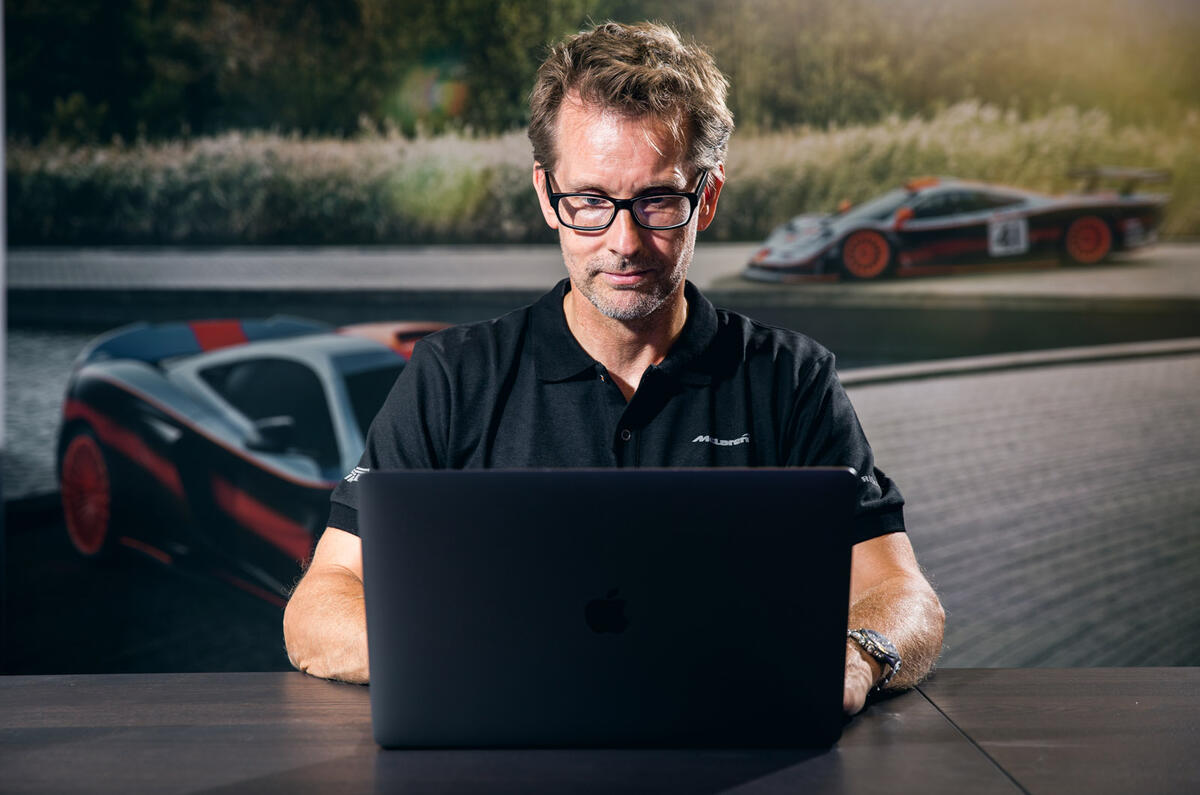
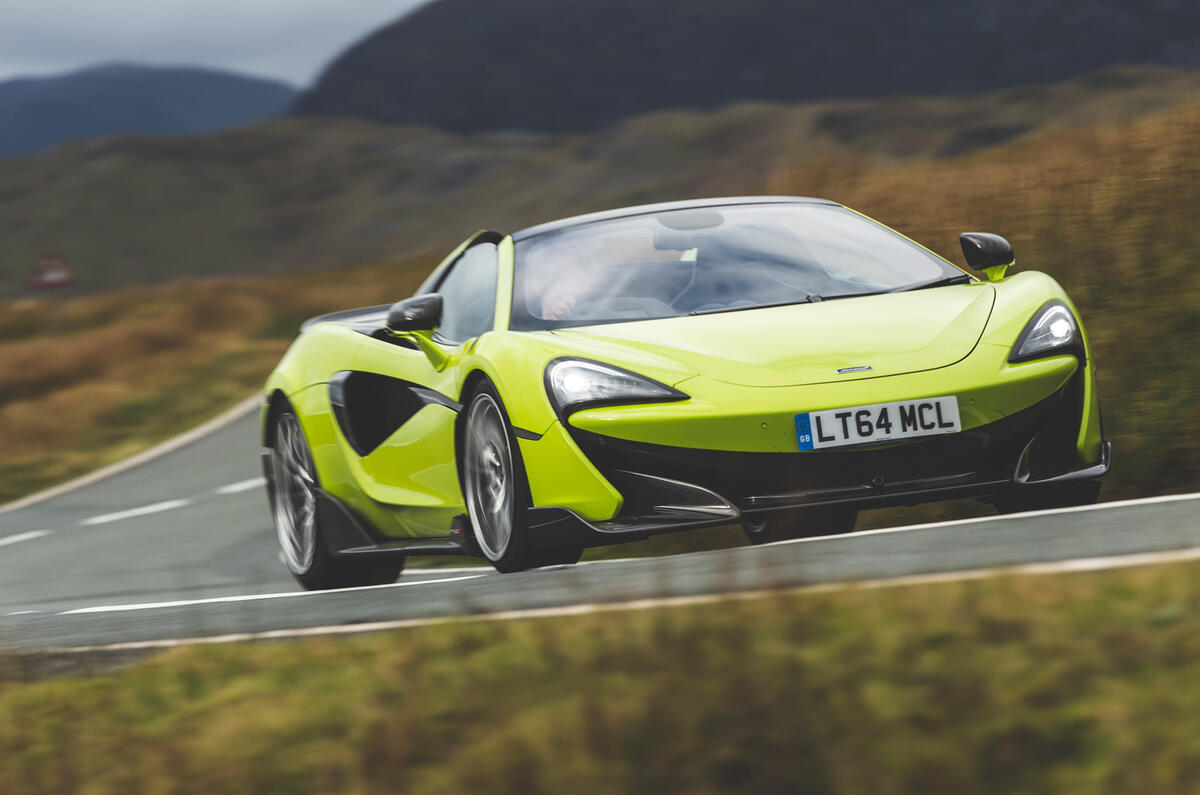

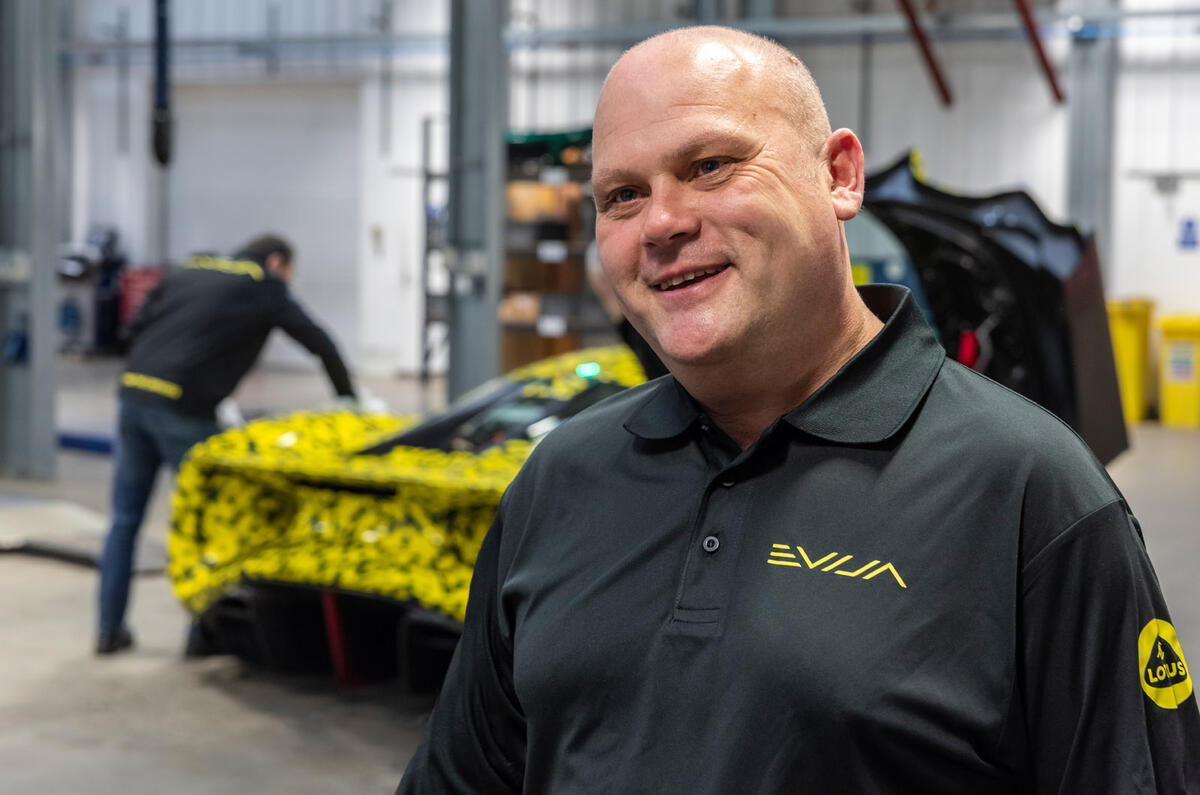
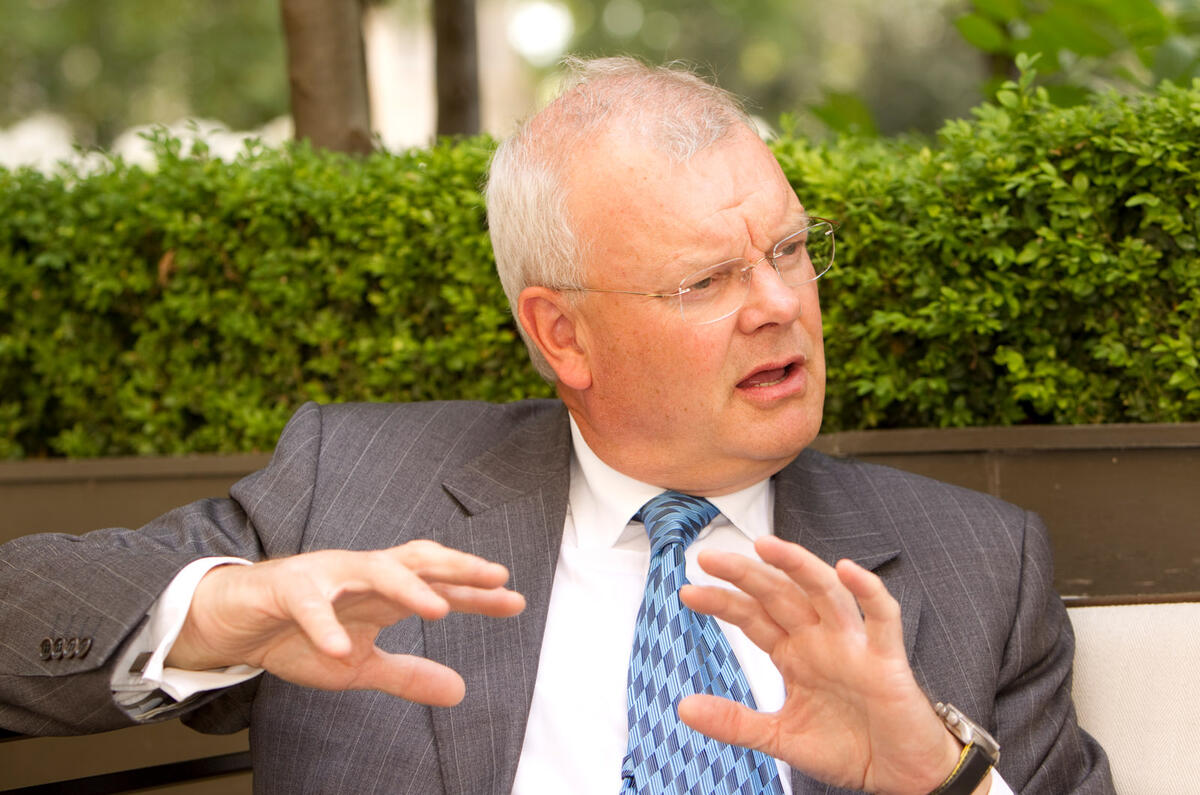
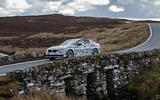
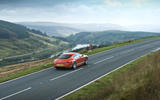

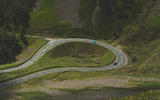
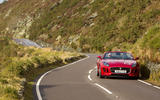
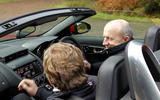




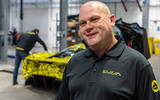


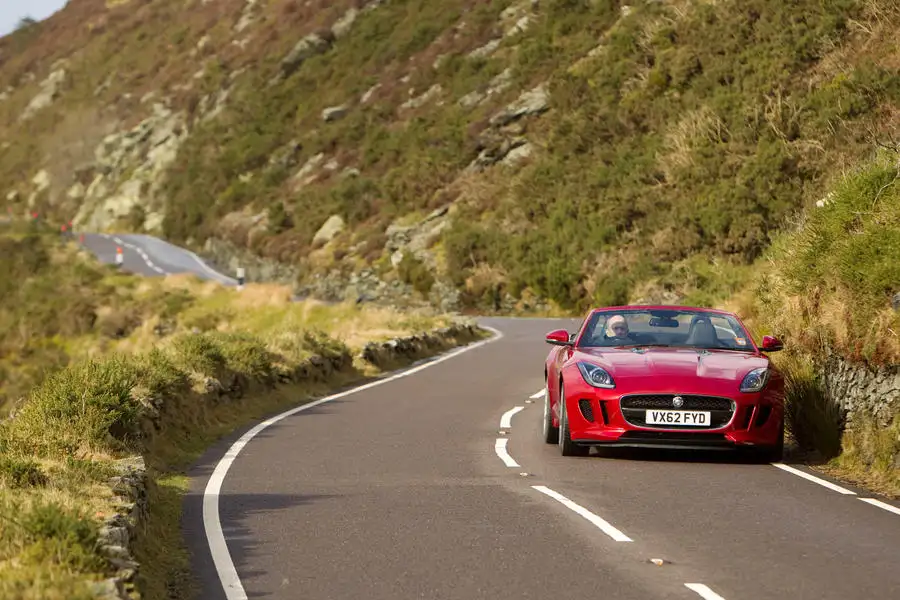
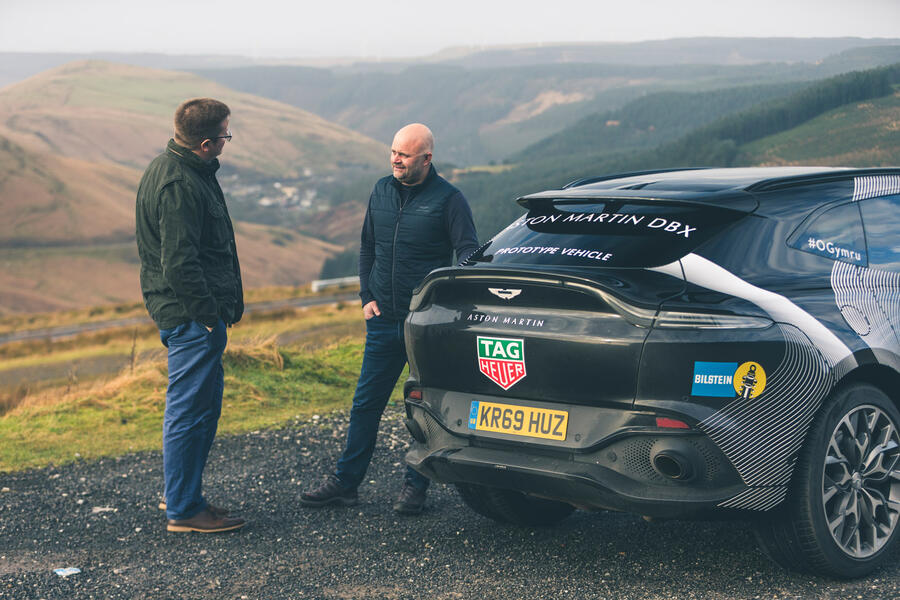
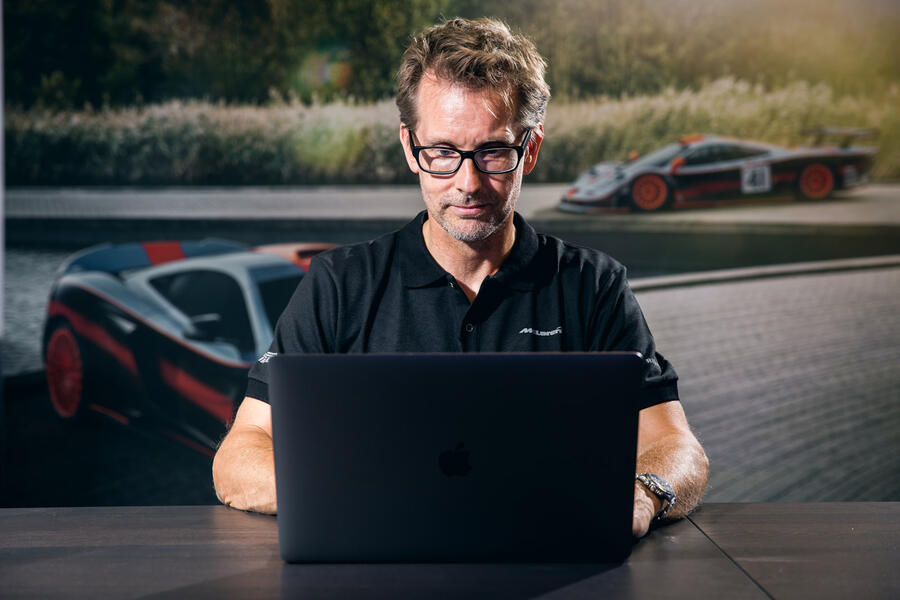
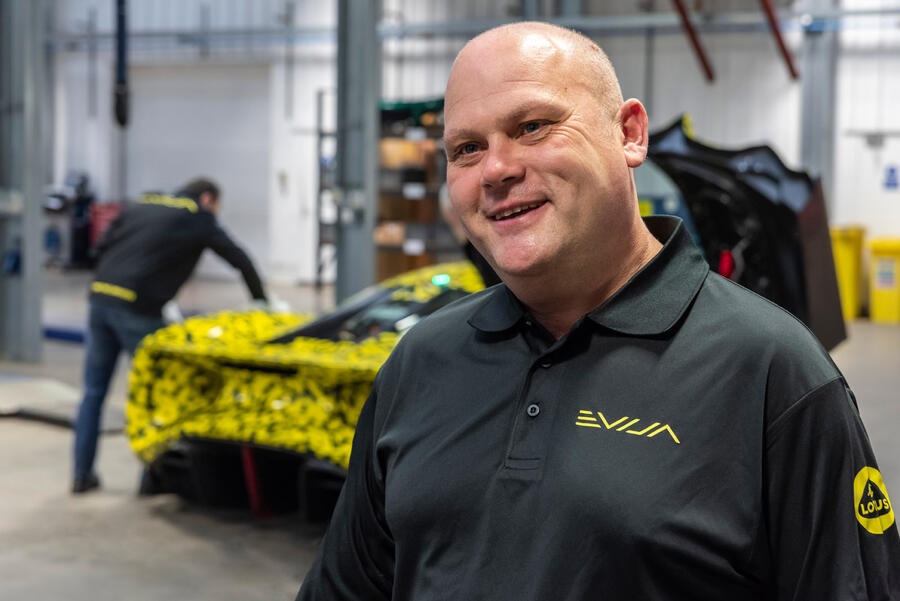
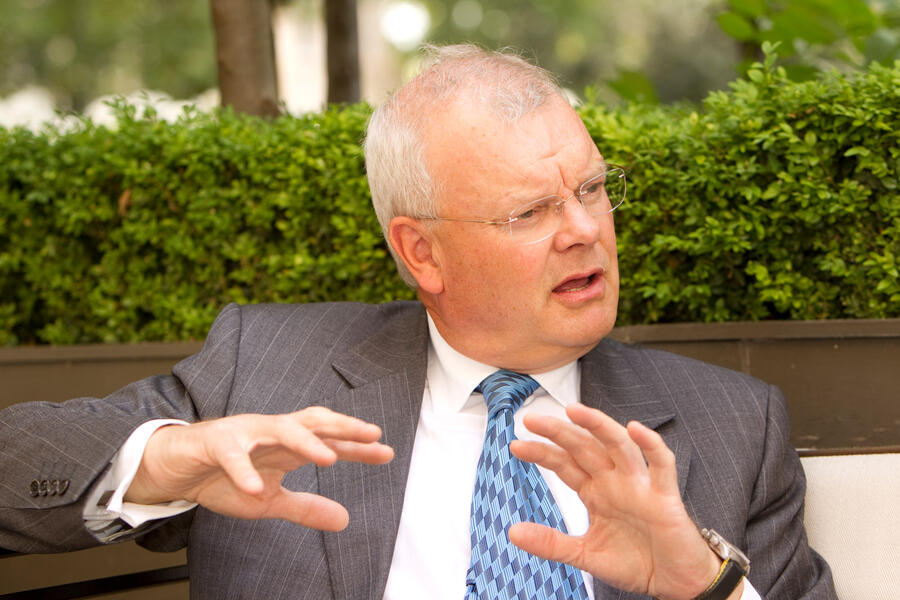





Join the debate
Add your comment
UK roads for driving
As a car driving instructor, I can say that UK roads are great for driving and heaven for car racers.